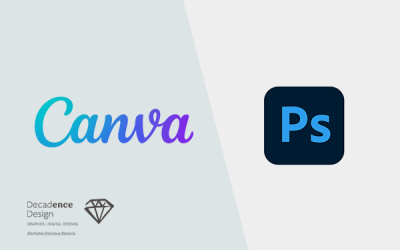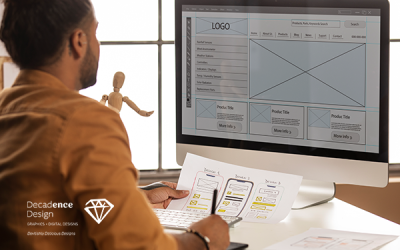In the world of design marketing, where creativity and innovation reign supreme, minimalist design has emerged as a timeless and influential trend. Its clean lines, simplicity, and focus on essential elements have captured the attention of design agencies and clients alike. Minimalist design, often characterised by the “less is more” philosophy, has the power to create memorable and impactful visuals that resonate with audiences. In this article, we’ll explore what minimalist design is and provide tips on how design agencies can incorporate it into their projects.
What is Minimalist Design?
Minimalist design is an art form that seeks to distill elements down to their most fundamental and essential forms. It is characterised by simplicity, clarity, and an emphasis on functionality. Minimalist design is not about removing everything but rather about removing the unnecessary, leaving only what truly matters. Here are some key principles of minimalist design:
Simplicity: Minimalist design embraces simplicity, focusing on the core message or functionality of a design. This simplicity often leads to a sense of elegance and sophistication.
Whitespace: Also known as negative space, whitespace is a crucial element of minimalist design. It provides breathing room for the design elements, making them stand out and allowing the viewer to focus on the content.
Limited Color Palette: Minimalist designs often use a restricted color palette, typically consisting of neutral tones like whites, grays, blacks, and occasionally a single accent color.
Clean Typography: Typography in minimalist design is clean and straightforward. Sans-serif fonts are commonly used, and there is an emphasis on readability.
Grid Layouts: Grid-based layouts are prevalent in minimalist design, providing structure and alignment to the design elements.
How to Incorporate Minimalist Design in Your Projects
Start with a Clear Purpose: Before diving into the design process, it’s essential to have a clear understanding of the project’s purpose and goals. Minimalist design is effective when it aligns with the project’s objectives.
Simplify Your Elements: Strip away any unnecessary elements from your design. Ask yourself if each element serves a purpose or if it can be removed to create a cleaner and more focused composition.
Focus on Typography: Choose clean and legible fonts that complement the overall design. Typography can be a powerful tool in minimalist design to convey the message effectively.
Use Whitespace Effectively: Embrace whitespace as a design element. It helps create balance, directs the viewer’s attention, and makes the design more visually appealing.
Limit Color Choices: Stick to a limited color palette that reinforces the message or brand identity. A restrained use of color can make a design more impactful.
Maintain Consistency: Consistency is key in minimalist design. Ensure that design elements such as spacing, typography, and alignment are consistent throughout your project.
Experiment with Scale and Proportion: Minimalist design doesn’t mean everything must be small or minimal. Experiment with scale and proportion to create visual interest and hierarchy within your design.
Test and Iterate: Don’t be afraid to test your design with target audiences and gather feedback. Use this input to refine and iterate on your minimalist design until it achieves the desired impact.
In the fast-paced world of design marketing, minimalist design stands out as a timeless and versatile approach. Design agencies that incorporate minimalist principles into their projects can create visually striking and highly effective marketing materials. By simplifying elements, focusing on clarity and purpose, and embracing whitespace and limited color palettes, design agencies can harness the power of minimalist design to captivate and engage their target audiences, leaving a lasting impression that resonates with viewers. Minimalism isn’t just a design trend; it’s a philosophy that can elevate your marketing designs to a whole new level of effectiveness and aesthetic appeal.





